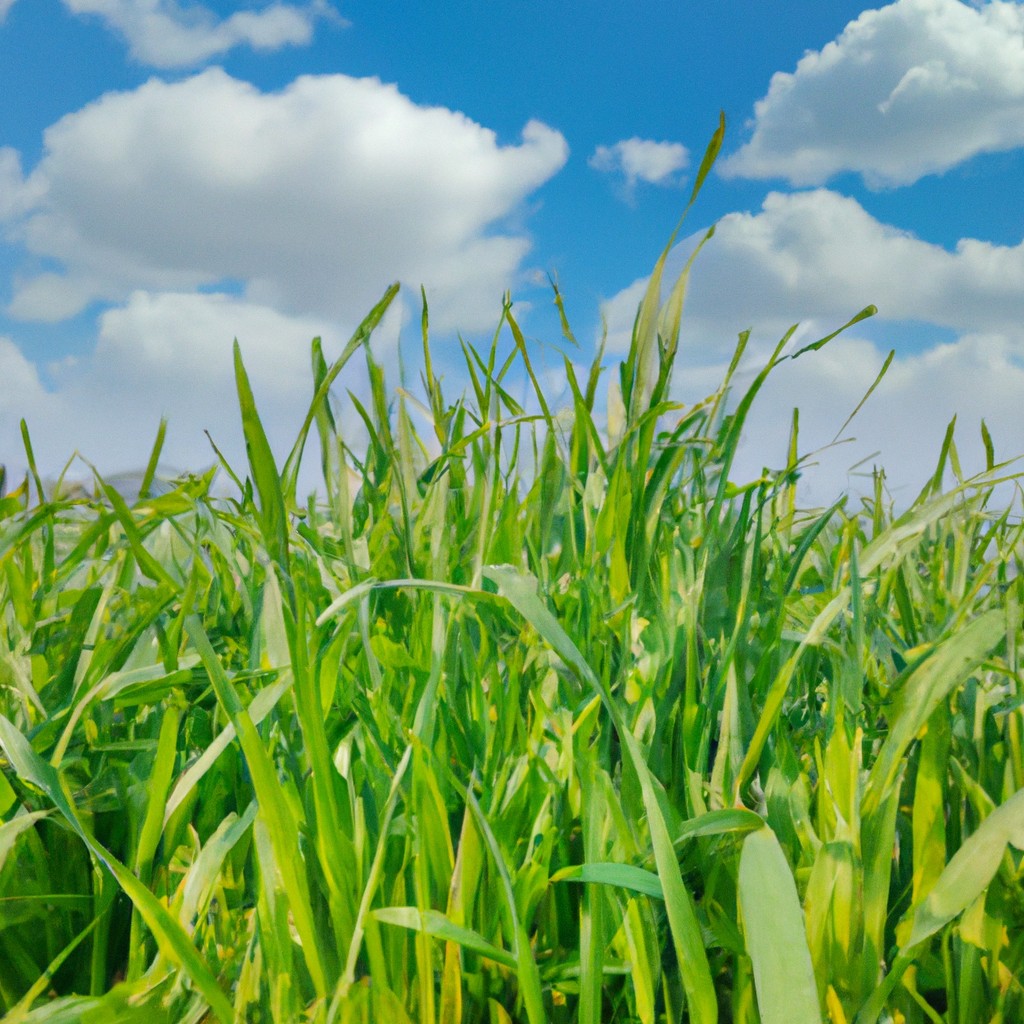This article explains the various practices and impacts of agriculture, equipping you with a better understanding of how it affects our planet and society.
Look Inside:
History

Agriculture dates back over 10,000 years, sprouting from human’s shift from nomadic hunter-gatherers to settlers who began to cultivate plants and domesticate animals. This transition, known as the Neolithic Revolution, marked a significant leap, allowing communities to sustain larger populations and develop complex societies.
Early farming was heavily dependent on the natural environment, utilizing seasonal cycles for planting and harvesting. Techniques varied greatly across different regions, influenced by climate and local resources. For instance, ancient Egyptians relied on the flooding of the Nile to enrich their land, while indigenous tribes in the Americas developed sophisticated methods like slash-and-burn to clear fields.
As civilizations advanced, so did agricultural practices. The invention of tools like the plow revolutionized soil preparation, and systems like irrigation and crop rotation improved productivity and land management. These innovations set the stage for future agricultural advancements and helped shape societies across the globe.
Types
Agriculture manifests in various forms, each adapted to specific climatic and soil conditions, showcasing a rich tapestry of human ingenuity. Crop farming, for instance, focuses on growing plants for consumption, biofuel, and fiber. Here, practices vary from grain crops like wheat and corn to fruits and vegetables.
Livestock farming is another pillar, involving the breeding and rearing of animals such as cattle, sheep, and chickens for meat, dairy, and eggs. This type of farming requires different resources and management strategies compared to crop farming.
Aquaculture taps into water environments, raising fish and shellfish to meet the increasing demand for seafood, while also offering a sustainable protein source.
Organic farming emphasizes natural growing practices without synthetic pesticides or fertilizers, fostering healthier soils and diverse ecosystems. Urban agriculture is an innovative twist, turning city rooftops and empty lots into productive green spaces that provide fresh local produce.
Each method employs unique strategies but shares a common goal: to produce food effectively and sustainably.
Agricultural Automation
Farmers today are turning to advanced technology to streamline operations and increase productivity. Drones, for example, offer a bird’s-eye view of fields, enabling precise monitoring of crop health and soil conditions. This information helps in making timely and effective decisions on irrigation and pesticide application.
Robotic systems are another game changer, taking over labor-intensive tasks such as weeding, harvesting, and planting. These robots work around the clock, boosting efficiency and reducing the need for manual labor.
Precision agriculture utilizes data from sensors and GPS technology to manage the amount of nutrients and water given to crops, tailored to their exact needs. This targeted approach not only conserves resources but also maximizes crop yields.
By integrating these technologies, agriculture is becoming more efficient and less physically demanding, paving the way for a future where farms operate with minimal waste and maximum output.
Effects of Climate Change On Yields
Climate change alters growing conditions, affecting crop yields globally. Warming temperatures can accelerate crop maturation, reducing their growth period and potentially leading to lower yields. Increased heat can also stress plants, making them more susceptible to diseases and pests.
Variability in rainfall patterns poses another challenge. While some regions experience excessive rain causing flooding and crop damage, others suffer from scarce rainfall leading to severe droughts and failing crops.
Moreover, the increase in extreme weather events, such as hurricanes and hailstorms, can directly damage crops, thus reducing agricultural productivity. As these patterns become more unpredictable, farmers face significant difficulties in planning and securing their harvests.
Despite these challenges, understanding and adapting farming practices can help mitigate some of the negative impacts of climate change on agriculture.
Sustainability
Adopting practices that support long-term ecological balance is crucial. By integrating techniques like crop rotation, farmers can maintain soil health and reduce pests without heavy chemical use. Implementing organic farming methods also minimizes pollution and conserves water, making the land more resilient against droughts or floods.
Community-supported agriculture (CSA) programs connect consumers directly to their food source, fostering local economies and slashing carbon footprints from transport. Farmers who operate using sustainable practices often find that these activities are not only beneficial for the environment but can also offer economic stability, as they attract consumers interested in eco-friendly products.




